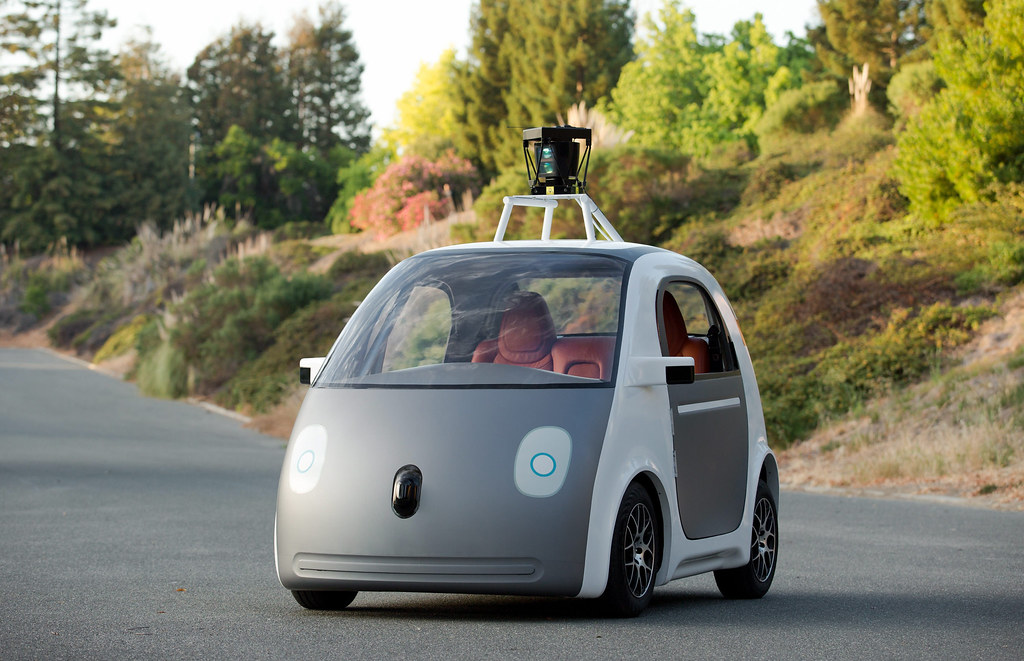It is well-known by most that driverless cars will displace many from their jobs. What is less clear is the exact impact.
Nearly three percent of all Americans are drivers in some capacity by trade— over two percent are truck drivers, 0.4 percent are bus drivers, and about 0.3 are cab drivers, according to data from the Census Bureau.
In some states, such as Idaho and Wyoming, over four percent of the population works as a driver. Regardless of one’s location in the country, however, men are much more likely than women to work as a driver.
It should be made clear that the expected loss of driving jobs will be gradual.
First of all, self-driving cars are not yet on the market, and may not be for several years. In addition, the first models of self-driving vehicles are expected to have humans in them to operate them in case of emergency.
The ultimate goal is to eliminate the need for humans, but it’ll take time.
Self-driving trucks will be longer off, although testing is expected to begin in 2017.
Although the general employment of drivers on a state-to-state basis is in the low single-digits, certain cities and regions have significantly higher rates of residents working as drivers.
Parts of Queens and the Bronx in New York, for example, find over eight percent of their residents working as drivers. There are also sections of Southern California where over seven percent of the population is employed as a driver.
Interestingly enough, there are parts of the U.S. where truck driving is the most common profession.

